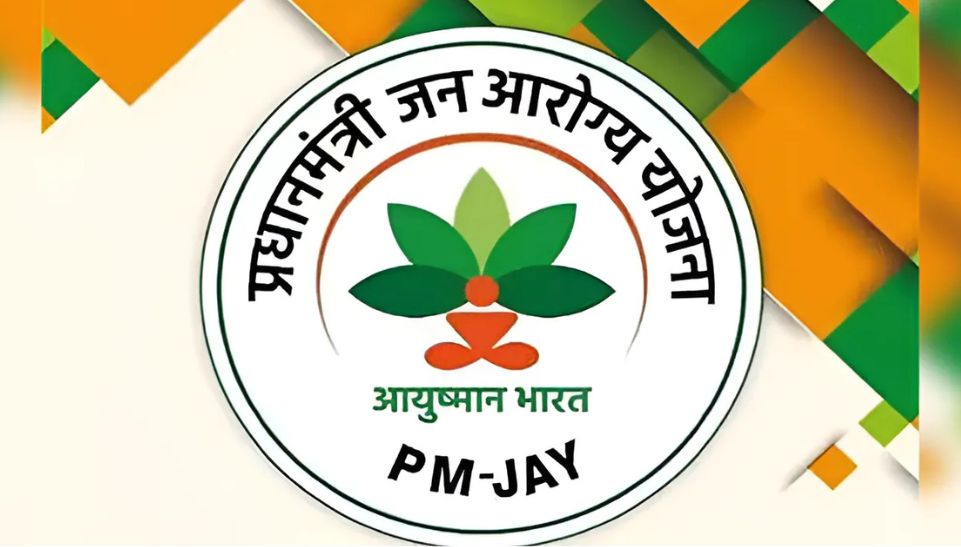 (1).jpg)
Deafness Free India by 2047: A Vision for a Healthier Nation
🕒 Published on: 21 Aug 2025, 10:30 PMIndia, a nation of over 1.4 billion people, faces a significant public health challenge in the form of hearing impairment. Millions silently struggle with hearing loss, impacting their education, employment, and overall quality of life.
Recognizing the urgency of this issue, organizations like the Satkriti Foundation have embarked on an ambitious journey towards a 'Deafness Free India by 2047', aligning with the nation's centenary of independence.
This vision is not merely about treating a medical condition; it's about fostering a society where every individual has the opportunity to connect, communicate, and thrive.
The Silent Epidemic: Understanding Deafness in India
Deafness and hearing impairment are often referred to as a 'silent epidemic' due to their subtle onset and the lack of widespread awareness. According to various reports, a substantial portion of the Indian population, estimated to be around 63 million, suffers from some form of hearing loss.
This includes both congenital and acquired hearing impairments, with causes ranging from genetic factors and birth complications to infections, noise exposure, and age-related degeneration. The impact extends beyond the individual, affecting families and communities, and posing a significant burden on the healthcare system and national productivity.
Early identification and intervention are crucial in mitigating the long-term effects of hearing loss, especially in children. Undiagnosed hearing impairment in early childhood can lead to delayed speech and language development, academic struggles, and social isolation. For adults, it can result in reduced employment opportunities, communication difficulties, and a diminished quality of life.
Satkriti Foundation: Pioneering the Path to a Deafness-Free India
The Satkriti Foundation stands at the forefront of this movement, driven by a profound commitment to ear and hearing care for all. Their vision, 'Deafness Free India by 2047', is a testament to their dedication and foresight.
The foundation's mission is multifaceted, encompassing awareness campaigns, free medical camps, and collaborative initiatives aimed at making quality ENT healthcare accessible across the nation.
One of their key initiatives is the book "Silent Epidemic: Unveiling the Burden of Deafness in India," which aims to raise awareness about the prevalence and impact of hearing loss. By educating the public and healthcare professionals, the foundation seeks to demystify deafness, reduce stigma, and encourage early diagnosis and treatment.
Their efforts extend to organizing free ear and hearing screening camps, providing vital services to underserved communities. These camps are instrumental in identifying individuals with hearing problems who might otherwise go undiagnosed, offering them a pathway to treatment and rehabilitation.
In collaboration with Satkriti Hospital, the foundation has provided free surgeries for over 800 patients under the Ayushman Bharat Scheme, India's flagship national health protection initiative. This demonstrates their commitment to not only identifying the problem but also providing tangible solutions and access to advanced medical care.
Their partnerships with various organizations, including other healthcare providers and community groups, amplify their reach and impact, creating a network of support for individuals with hearing loss.
Government Initiatives and the Road Ahead
The Indian government has also recognized the growing challenge of hearing impairment and has launched several initiatives to address it. The National Programme for Prevention and Control of Deafness (NPPCD) is a significant step in this direction.
The NPPCD aims to prevent avoidable hearing loss, identify and treat ear problems early, and provide rehabilitation services. Programs like the National Infant Screening for Hearing Program are crucial for early detection in newborns, enabling timely interventions that can significantly improve developmental outcomes.
Despite these efforts, significant challenges remain. These include a shortage of trained audiologists and ENT specialists, particularly in rural areas, limited access to affordable hearing aids and cochlear implants, and a lack of comprehensive rehabilitation services. Public awareness campaigns need to be intensified to combat misconceptions and encourage people to seek help for hearing problems.
Achieving a 'Deafness Free India by 2047' requires a concerted effort from all stakeholders – the government, non-governmental organizations like Satkriti Foundation, healthcare providers, and the community.
This includes strengthening primary healthcare services, integrating hearing care into existing health programs, promoting research and innovation in hearing technology, and fostering an inclusive environment for individuals with hearing impairment.
Conclusion
The vision of a 'Deafness Free India by 2047' is an ambitious yet achievable goal. With dedicated organizations like the Satkriti Foundation leading the charge, supported by government initiatives and increasing public awareness, India can make significant strides towards ensuring that every citizen has the gift of sound.
This journey is about more than just medical intervention; it's about empowering individuals, breaking down barriers, and building a more inclusive and equitable society where no one is left behind in silence.
⭐ Rating: 0 / 5 (0 votes)
0 Likes





Discussion